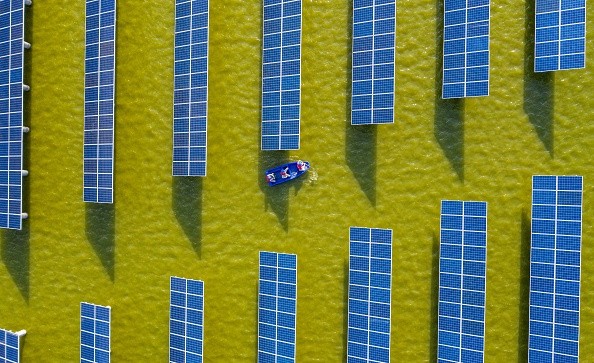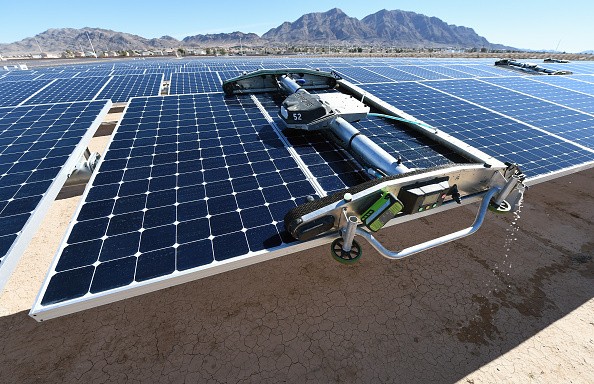When it comes to renewable energy, the United States has not always had a sterling image.
Although most Americans think more urgent action is needed to combat climate change, politicians have vetoed even the most innocuous measures to address the issue instead of repealing hundreds of environmental regulations.
Although the current government has lately managed to reverse the tide in favor of renewables, they still account for only 12% of total energy consumption in the United States.

But, according to a recent analysis from the Department of Energy, that may all change very soon. They discovered that solar energy alone may provide 40% of the country's electricity by 2035, an increase of more than tenfold above present levels. So what's the best part? Consumers would not pay a cent extra as a result.
Solar Power is the Best Alternative

In a statement released Wednesday, Energy Secretary Jennifer Granholm stated, "Solar is our cheapest and fastest-growing source of renewable energy." "By 2035, it may produce enough electricity to power all of America's homes while also employing up to 1.5 million people."
One little snag: this would need a significant shift in national policy and billions of dollars in infrastructural upgrades. For example, the United States would need to raise its yearly solar capacity from 15 gigawatts in 2020 to 1000 gigawatts in 2035 and upgrade its power system to become renewable-dominated.
Furthermore, Congress would have to adopt radical climate change legislation - what the study refers to as a "coordinated policy effort" - and establish incentives to encourage the use of renewable energy. Democrats have been pressing for these changes, but their success is far from assured.
Related Article : Biden Administration Aims to Protect Alaska's Bristol Bay With Latest Environmental Action Plan0
A Hard Goal to Accomplish
According to the study, the return from these lofty goals may be enormous. The projected levels exceed even the solar industry's expectations, and by 2050, it may provide enough electricity to power all of the country's residential and commercial structures0. Moreover, when coupled with other renewable energy sources such as hydroelectric, geothermal, and wind power, the research demonstrated that a fully carbon-free US power grid is possible.
That's great news for President Biden, who has frequently stated his desire to reduce the United States' dependency on carbon. He announced plans to decarbonize 80% of the US electricity grid by 2035 to complete decarbonization by 2050. "We can't turn [climate change] back very far, but we can prevent it from getting worse," Biden said Tuesday in a community ravaged by Hurricane Ida.
He continued, "We don't have any more time."
Doubling Production and Capacity

However, attaining the objective outlined in the new study will not be simple. Annual solar producing capacity would have to be doubled, with annual increases after that. It's important to note that the report isn't an official policy or government goal; instead, it's a hypothetical road map designed "to guide and inspire the next decade of solar innovation by helping us answer questions like: How fast does solar need to increase capacity and to what level?" said Becca Jones-Albertus, director of the Energy Department's solar energy technologies office.
In her introduction to the study, Jones-Albertus said, "It is now conceivable to imagine - and map a route toward - a future where solar produces 40% of the nation's power by 2035." "This expansion is required to mitigate the effects of climate change, and our efforts to fulfill this goal have never been more critical."
For more news about making the environment sustainable, don't forget to follow Nature World News!
© 2025 NatureWorldNews.com All rights reserved. Do not reproduce without permission.





